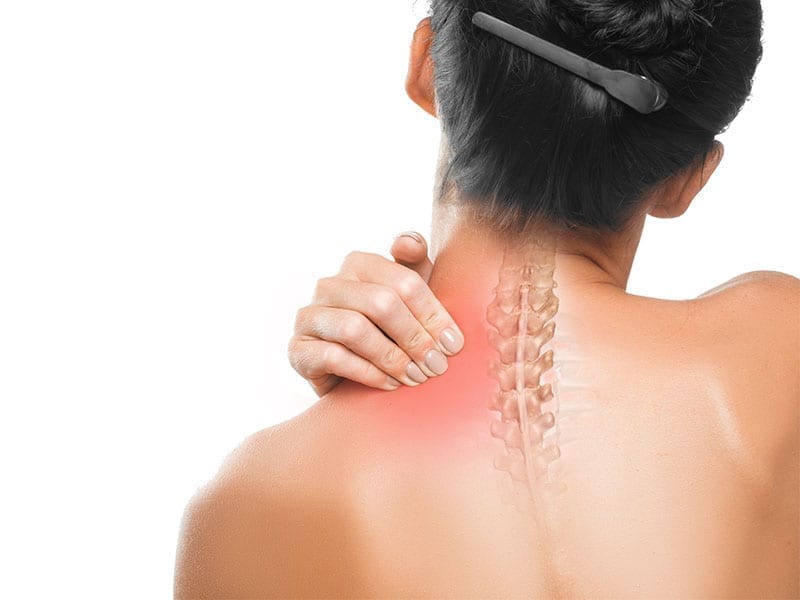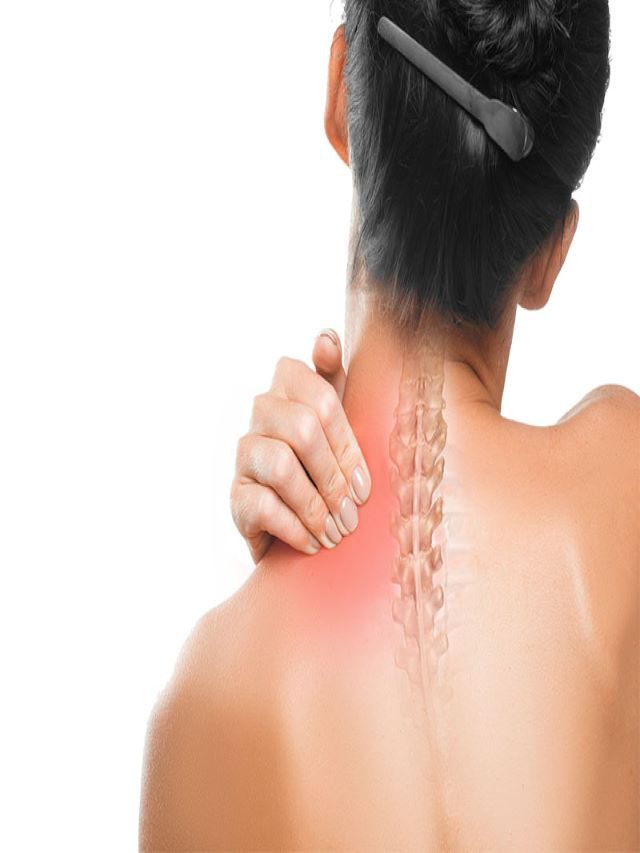Menopause brings along a whole host of issues like hot flashes, fatigue, night sweats and more. But one postmenopausal problem that arises due to a combination of hormones and calcium deficiency is osteoporosis. Women who suffer from this condition are at a higher risk of bone injuries and fractures. Given the relationship between ageing and calcium deficiency, women in their 40s and 50s are at a heightened risk of postmenopausal osteoporosis.
We connected with Dr Sonal Kumta, Consultant Obstetrician & Gynaecologist at Fortis Hospital in Mumbai. She shares how osteoporosis affects women, the symptoms of calcium deficiency and tips to prevent this condition, along with the importance of postmenopausal bone density.
1. Why are women, especially postmenopausal women, more prone to calcium deficiency?
The female hormone estrogen plays an important role in calcium metabolism. Estrogen inhibits osteoclast activity (bone degrading cells) by reducing their number. It also helps to retain calcium in the body by promoting enzymes that create cholecalciferol (activated vitamin D). Vitamin D helps in calcium absorption from the intestines. After menopause or removal of ovaries, the level of estrogen reduces, making women more prone to calcium deficiency. This is further aggravated due to diet deficient in calcium-rich foods.
2. What are the symptoms of calcium deficiency in women?
Calcium deficiency may manifest in several symptoms:
- Muscle aches, cramps and spasms may be the earliest symptoms, more severe deficiency may cause numbness and tingling in hands and feet.
- Extreme fatigue, lethargy, lack of energy, lack of focus and confusion may occur. It may lead to Insomnia and sleepiness too.
- Nail and skin symptoms. Calcium deficiency can cause nails to become dry, broken and brittle. It can also contribute to Alopecia (hair fall in patches).
- It can cause Osteopenia and Osteoporosis with decreases Bone Mineral Density and increases the risk of fractures.
- Low calcium has been linked to symptoms of Premenstrual Syndrome.
- Dental problems like weak roots, irritated gums, brittle teeth, and tooth decay are seen.
- Though evidence is lacking, Calcium deficiency has been linked to mood disorders including depression.
- Heart problems involving blood pressure and heart rhythm disorders are seen.
3. What is osteoporosis?
Osteoporosis is a skeletal disease which occurs due to weakening and loss of architecture of the bones. In women of age below 30 years, the amount of bone loss equals new bone formation and bone mineral density is restored. In post-menopausal women of age above 50 years, new bone formation is reduced, causing weak, brittle, and porous bones. There is a decrease in Bone Mineral Density.
4. Who is at risk for osteoporosis & how does it affect your body?
- Women are at higher risk as compared to men
- Asian women are more prone to Osteoporosis as compared to other races
- Heredity with history of parents or grandparents with osteoporosis/osteoporotic fracture
- History of fracture with minimal fall and impact
- Consuming medications like steroids
- History of Cancer
5. What are the signs and symptoms of osteoporosis?
Osteoporosis is often called a ‘silent killer’ as it may occur without any symptoms. It may also cause:
- Bone aches
- Loss of height
- Back pains
- Stooped posture
Osteoporosis can cause easy fractures especially of the wrist, spine, and hip bone in elderly women. Often these fractures cause loss of mobility, poor quality of life and can cause other complications like pneumonia, cardiac and thrombotic events, leading eventually to death.
6. How can you increase your postmenopausal bone density?
It is crucial to understand Bone Mineral Density by undergoing a Bone Mineral Density test (BMD) using DEXA scan or CT scan in all post-menopausal women. Your Gynecologist or your family physician can advise you regarding this test in your annual checkup. A ‘T’ Score between -1 and -2.5 indicates low bone mass, while a ‘T’ score lesser than -2.5 indicates Osteoporosis. A combination of lifestyle changes, dietary changes, regular exercise, and treatment are key to increasing postmenopausal bone density.
7. What are some lifestyle habits and food choices that help prevent osteoporosis?

Dietary Tips:
- Have a well-balanced diet
- Consume fortified foods
- Take calcium and vitamin D supplements: 1200mgs per day of Calcium and 600 – 800 IU of Vitamin D
- Include other vitamins such as magnesium, vitamin K and C, copper, manganese, zinc and iron
- Limit consumption of alcohol and avoid smoking
- Get exposure to sunlight to boost vitamin D levels
- Engage in physical activity, at least 30 minutes a day exercise for five days a week
- Actively prevent falls. Keep your home clutter-free, remove loose items, ensure proper lighting at home, install grab bars, railings and skid-proof tiles in the bathroom
8. What are some treatment options for postmenopausal osteoporosis?
There are several medications available for treatment which include calcium, vitamin D, bisphosphonate, SERMS (Selective Estrogen Receptor Modulator), Hormone Replacement Therapy, Monoclonal Antibody and newer bone-building medications. It is best to consult your doctor before starting any treatment.
9. What are some exercises that help prevent osteoporosis?
There are three types of exercises that can help prevent osteoporosis. These include:
- Weight-Bearing Exercises: Include activities such as walking, jogging, dancing and stair climbing. Walking as little as 30 minutes, five times a week is recommended to build your bone health.
- Resistance Exercises: Include free weights or weight machines. These exercises are recommended 2 – 3 times a week, wherein you work all different groups of muscles including arms, chest, shoulder, legs, abdominal muscles and back. The exercise is made more challenging by adding weights and increasing repetitions. Make sure to give muscle groups enough time to recover between sessions.
- Flexibility Exercises: Flexibility helps prevent injuries. They include regular stretching, yoga, and Tai Chi.
For women with osteoporosis, it is best to avoid high impact activities and be careful not to bend and twist at the waist, which can increase the risk of fractures.
Disclaimer: This is for the general information of the readers. Always consult a doctor for specific health problems.


